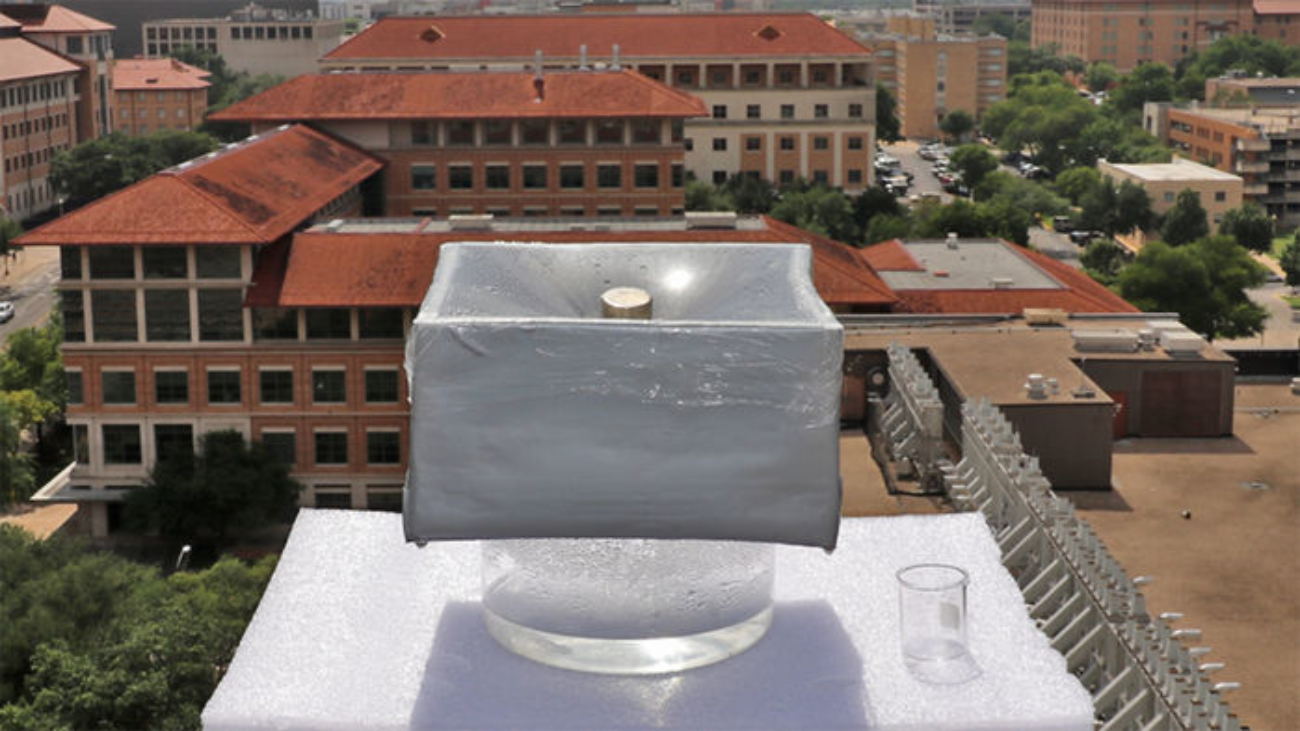Solar systems can use the sun to evaporate contaminated or salty water so that the vapour can be condensed into the form of safe drinking water. These large and expensive devices can produce a sufficient quantity of water for a small family, yet the price of a system of this kind presents a barrier. Now, researchers have developed a new material that speeds up the evaporation process. If the technology turns out to be cheap enough, it may provide millions of impoverished people with access to clean drinking water.
According to UNICEF data, it is presently the number of 783 million people – namely nearly every tenth person in the world – that have no access to drinking water. These people spend 200 million hours in total a day drawing water from distant sources. In spite of the fact that there exist technologies for the purification and desalination of contaminated seawater, these tend to require expensive infrastructure and a lot of energy that hinders their use in impoverished communities.
Only recently researchers have been working on improving solar photovoltaics and a cheap alternative technology. They developed a vessel with a black bottom that was filled with water, topped with transparent glass and plastic. The black bottom absorbs sunlight and heats water so that it can evaporate and leave its contaminants behind. Then, the water vapour condenses on the transparent covering and drops off to the collector. Unfortunately, the efficiency of such a solution is low, as the sun’s rays need to heat up the entire volume of the water before the evaporation starts. Commercially available versions produce about 0.3 liter of water per hour and per square meter (L/h/m2) when exposed to sufficiently intense sun, while an average human requires about 3 liters of drinking water a day.
Guihua Yu, a material scientist at the University of Texas, Austin, as well as his colleagues, have recently announced a way to circumvent the barrier. The method employs hydrogels, polymer mixtures that create a 3D porous and water-absorbing network. The scientists have developed a sponge composed of two polymers – one that binds water (called polyvinyl alcohol – PVA) and the other one that is a light absorber (called polypyrrole – PPy). Then they placed the material on the surface of the water filling in the solar collector in order to accelerate the process of evaporation. Using the technology, the unit produced 3.2L/h/m2 of water.
Source: sciencemag.org

